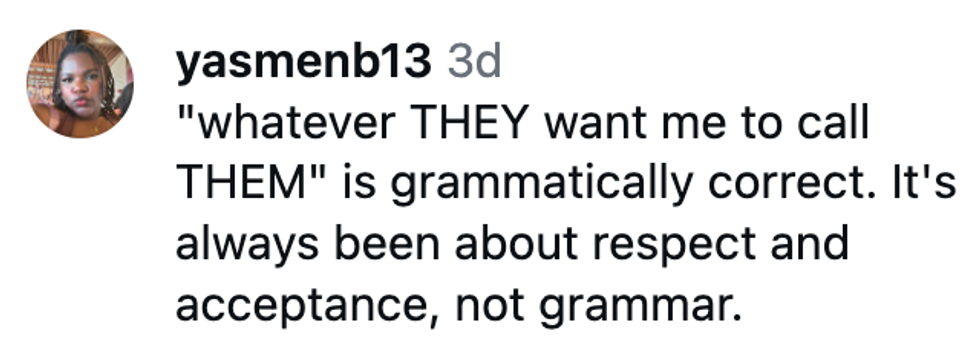The nation is mourning in the wake of the deadly mass shooting at Marjory Stoneman Douglas High School in Parkland, FL, in which 19-year-old gunman Nikolas Cruz killed at least 17 people with a AR-15 semiautomatic rifle on Wednesday.
In the wake of yet another school shooting, teachers are coming forward on social media and are joined by other public educators who are fearful for the lives of their students, as well as their own, in the classroom.
Math teacher Jim Gard recounts the moment the shooting began to CBS News.
Geography teacher Scott Beigel was slain while ushering his students back into the classroom. Athletic coach Aaron Feis shielded students from oncoming bullets. He died after being rushed into surgery from a gunshot wound.
"He died the same way he lived -- he put himself second," said football program spokeswoman Denis Lehtio. "He was a very kind soul, a very nice man. He died a hero."
Unfortunately, teachers putting their lives on the line whenever they enter a classroom is becoming part of the job description. Being available to inspire, to educate, and to enrich the lives of students is as crucial as protecting them from immediate danger.
Twitter user @kaitstee said, "As a teacher we're taught to throw anything close to us at the attacker as part of ALICE training as if that's going to stop an active shooter. I'm terrified for my children."
Greg Crane, the founder of Alice, talked about the school safety program.
Even those not against gun control voiced their fears on gun violence.
Teachers are given two options on how to respond to a school shooting.
Some teachers are forced to view the classroom as a potential battleground and survey the room for potential tools that can be used in self-defense.
Survival skills have become an essential part of the curriculum.
The frustrations keep mounting. Will there ever be a resolve?
When windows are seen as a threat.
In addition to hoping for their students' bright futures, teachers now must think about how they'll cope with clear and present dangers.
Days of solely thinking about text books are long gone.
This has been the new reality for campuses across the country.
What do we do when we run out of words?




























 replying to @elonmusk/X
replying to @elonmusk/X replying to @elonmusk/X
replying to @elonmusk/X replying to @elonmusk/X
replying to @elonmusk/X replying to @elonmusk/X
replying to @elonmusk/X
 Barry Manilow/Facebook
Barry Manilow/Facebook Barry Manilow/Facebook
Barry Manilow/Facebook Barry Manilow/Facebook
Barry Manilow/Facebook Barry Manilow/Facebook
Barry Manilow/Facebook Barry Manilow/Facebook
Barry Manilow/Facebook Barry Manilow/Facebook
Barry Manilow/Facebook Barry Manilow/Facebook
Barry Manilow/Facebook Barry Manilow/Facebook
Barry Manilow/Facebook Barry Manilow/Facebook
Barry Manilow/Facebook Barry Manilow/Facebook
Barry Manilow/Facebook Barry Manilow/Facebook
Barry Manilow/Facebook